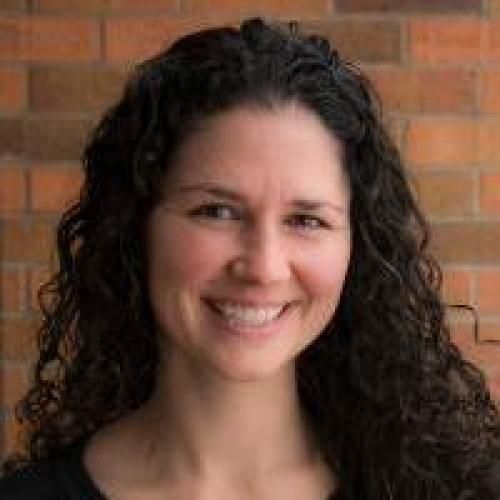Overview
Biological molecules can unlock and harness the special chemical power of metal ions, while also maintaining control of metal homeostasis. The Haas Lab investigates the interactions between metal ions and polypeptides, with a focus on the proteins that harness copper redox chemistry in human extracellular fluids and at membrane interfaces.
Current Appointments & Affiliations
Associate Professor of the Practice of Chemistry
·
2021 - Present
Chemistry,
Trinity College of Arts & Sciences
Education, Training & Certifications
Duke University ·
2010
Ph.D.

